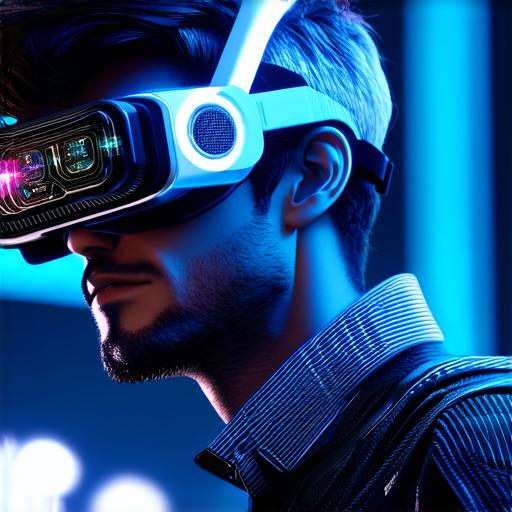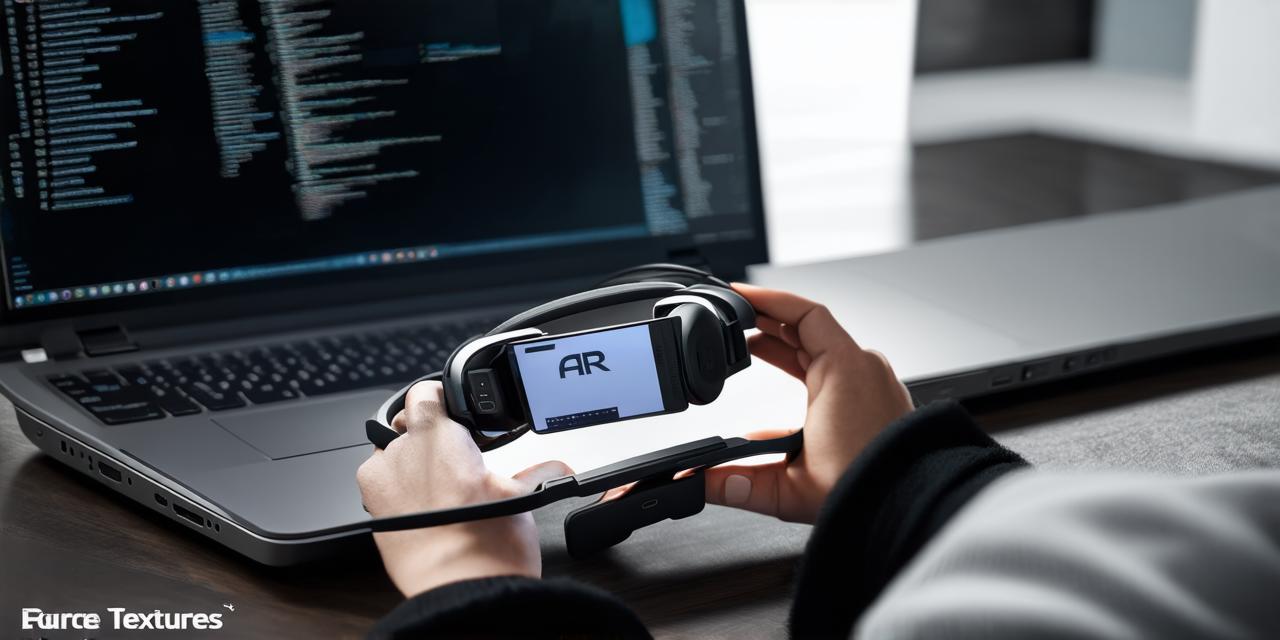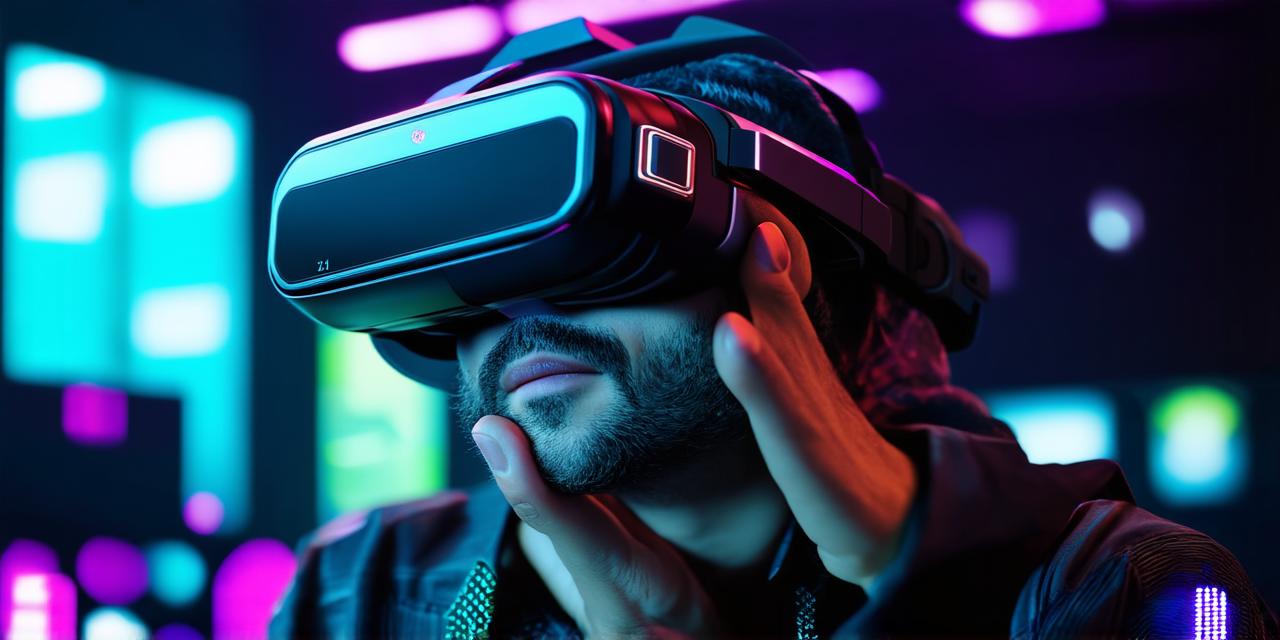
Exploring Mixed Reality: A Comprehensive Demo Overview
- 0
Mixed reality (MR) is an emerging technology that blends the physical and digital worlds together to create an immersive experience. It combines virtual objects with real-world environments, allowing users to interact with digital content in a way that feels natural and intuitive.
What is Mixed Reality?
Mixed reality is a technology that overlays digital content onto the real world, creating an interactive experience for the user. It allows users to interact with virtual objects in a way that feels natural and intuitive, allowing them to explore new worlds and experiences without leaving their physical environment. MR can be experienced through a variety of devices, including smartphones, tablets, and specialized headsets like the Oculus Rift or HTC Vive.
How does Mixed Reality work?
Mixed reality works by tracking the user’s physical movements and position in the real world. This information is then used to accurately place virtual objects in the user’s field of view, creating an immersive experience that feels seamless and natural. There are two main approaches to achieving this:
- Image-based tracking: This approach uses cameras to track the user’s physical movements and position in the real world. The system then overlays digital content onto the camera feed, allowing the user to see virtual objects in their field of view.
- Object-based tracking: This approach uses sensors and other tracking technologies to accurately locate physical objects in the real world. The system then overlays digital content onto these objects, allowing the user to interact with them in a way that feels natural and intuitive.
Real-life examples of Mixed Reality applications
Mixed reality has a wide range of potential applications across various industries, including:
- Education: MR can be used to create interactive educational experiences that allow students to explore new worlds and concepts in a way that feels immersive and engaging. For example, a history teacher might use MR to take students on a virtual tour of ancient Rome or a science teacher might use MR to show students the inner workings of an atom.
- Training: MR can be used to create realistic training simulations for industries such as healthcare, manufacturing, and military. For example, a surgeon might use MR to practice performing complex procedures in a safe and controlled environment, while a pilot might use MR to simulate flying in different weather conditions.
- Retail: MR can be used to create immersive shopping experiences that allow customers to try on clothes, preview furniture in their homes, and explore new products in a way that feels realistic and engaging. For example, IKEA’s AR app allows customers to see how furniture would look in their home before making a purchase.
- Entertainment: MR can be used to create immersive gaming experiences that allow players to interact with virtual objects in a way that feels natural and intuitive. For example, the game “Beat Saber” uses MR to allow players to swing virtual lightsabers through an interactive environment.
- Marketing: MR can be used to create interactive marketing campaigns that engage customers and capture their attention. For example, Coca-Cola’s MR campaign allowed customers to see how their name would appear on a Coke bottle in augmented reality.

Potential uses of Mixed Reality
Mixed reality has the potential to revolutionize many industries and change the way we interact with digital content. Some potential uses include:
- Remote collaboration: MR can be used to create immersive collaboration spaces that allow teams to work together in real-time, regardless of their physical location. For example, architects could use MR to collaborate on a building project, with each team member able to see and interact with the virtual model in real-time.
- Tourism: MR can be used to create immersive travel experiences that allow users to explore new destinations without leaving their physical location. For example, a user could use MR to take a virtual tour of the Great Barrier Reef or the Pyramids of Giza.
- Healthcare: MR can be used to create realistic training simulations for healthcare professionals, allowing them to practice performing complex procedures in a safe and controlled environment. It can also be used to provide patients with immersive pain management experiences that help them cope with chronic pain.

